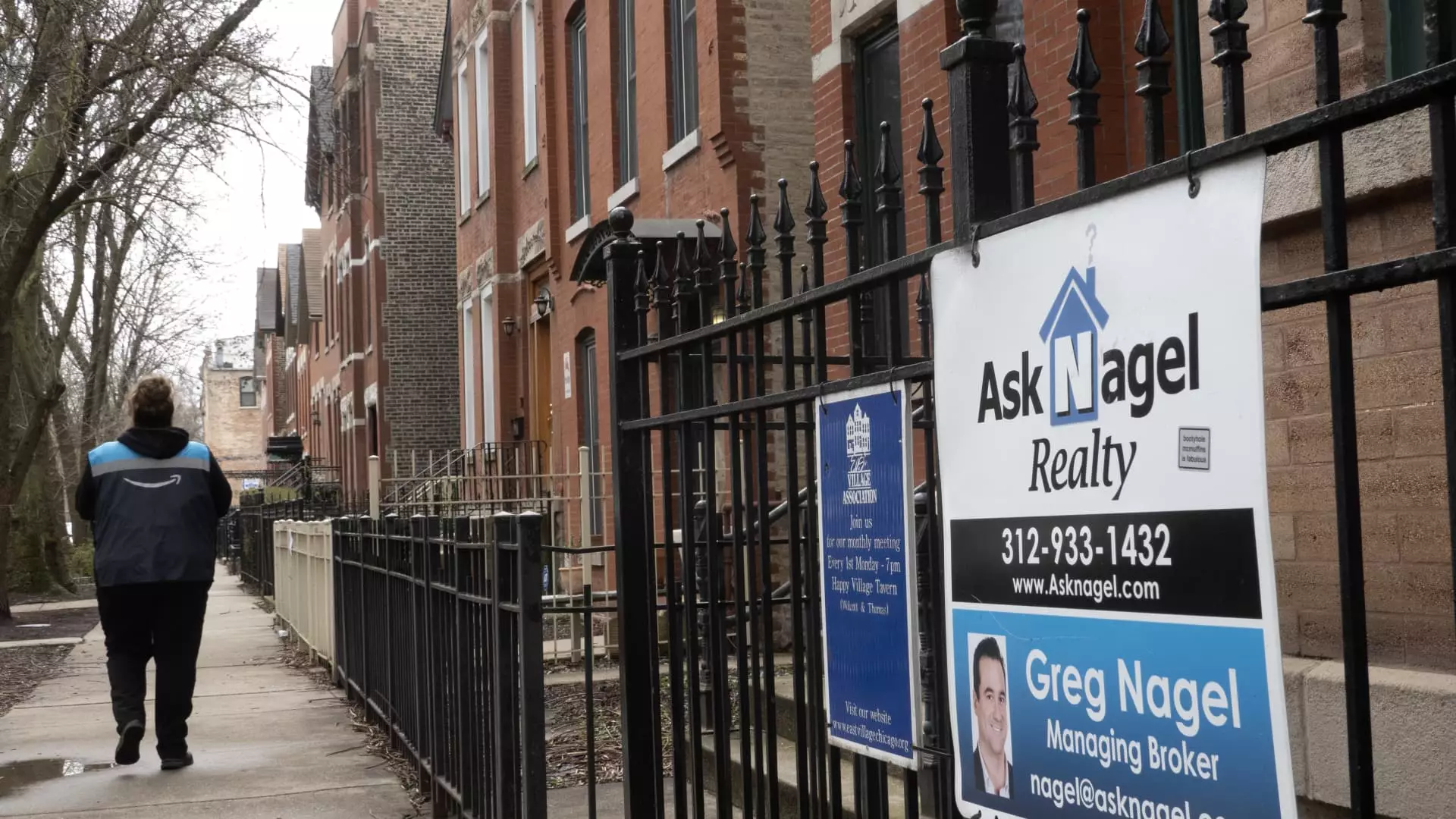The housing market has experienced a significant slowdown, with sales of previously owned homes dropping by 5.4% in June compared to May. This decline resulted in 3.89 million units sold on a seasonally adjusted, annualized basis. Sales were also 5.4% lower than the same month last year, marking the slowest sales pace since December.
Lawrence Yun, chief economist for the National Association of Realtors, noted that there is a slow shift occurring from a seller’s market to a buyer’s market. The average rate on the 30-year fixed mortgage jumped above 7% in April and May, leading to homes sitting on the market for a longer period and sellers receiving fewer offers. Additionally, more buyers are insisting on home inspections and appraisals, contributing to the changing market dynamics.
Inventory levels saw a significant increase, jumping 23.4% from the previous year to 1.32 million units by the end of June. While this was an improvement from record lows, it still only represents a 4.1-month supply. A balanced market between buyers and sellers typically requires a six-month supply. The increased inventory was fueled by homes staying on the market longer, with the average time increasing from 18 days to 22 days year over year.
Stagnant Prices
Despite the rise in inventory, prices have remained stagnant. The median price of existing homes sold in June was $426,900, reflecting a 4.1% increase from the previous year and reaching an all-time high for the second consecutive month. Sales of homes priced over $1 million saw gains, while the lower price range experienced the biggest drop in sales. However, the supply of homes for sale in the lower price range is now showing signs of improvement.
Impact on Buyers and Sellers
Buyers at the higher end of the market tend to use more cash for purchases, with 28% of sales being all cash transactions, up from 26% the previous year. Investors in the market have pulled back slightly, comprising 16% of sales compared to 18% a year ago. The influx of smaller and lower-priced listings has contributed to a surge in for-sale homes in the $200k to $350k price bucket, which increased by 50% compared to the previous year.
Potential Future Trends
Looking ahead, Lawrence Yun suggested that if inventory continues to increase, two scenarios could unfold. Either home sales will rise, or if prices do not increase, they may begin to decline. The housing market is poised for further shifts as supply and demand dynamics evolve in response to changing economic conditions.

